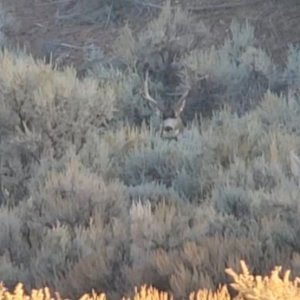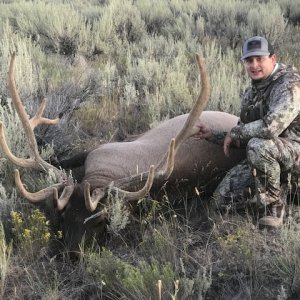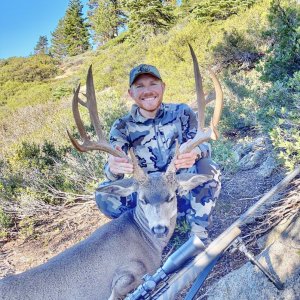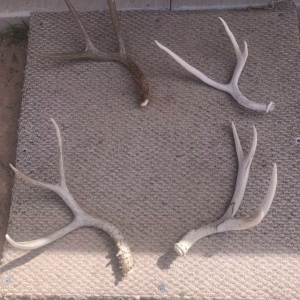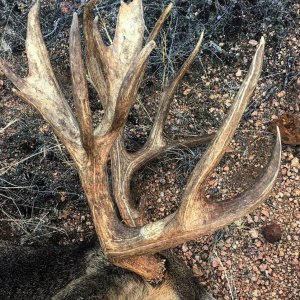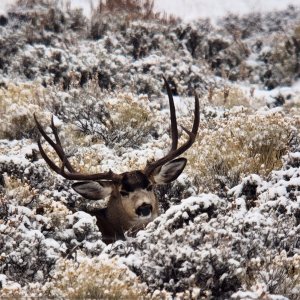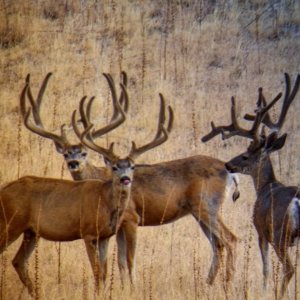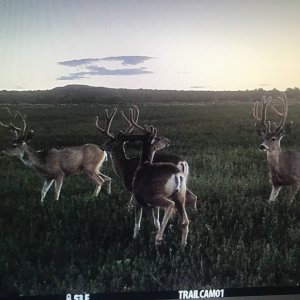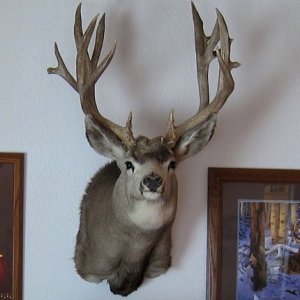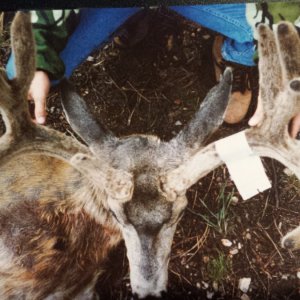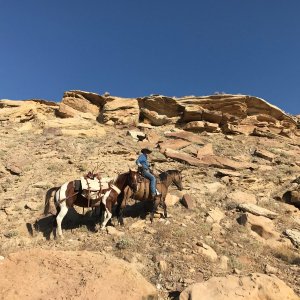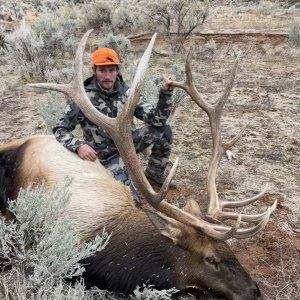cantkillathing
Very Active Member
- Messages
- 1,455
Okay I have a question. How come when you are in the mountain, or basically anywhere in the state where there is food and water sources you can find a group of elk. No matter where I hunt high, low, and even desert areas I can come up with some elk. So by theory according to population numbers we have 68,000 elk, and 310,000 deer. Why is it I see more elk than deer no matter where I go. By strictly numbers I should see 5 times more deer than elk. But I find the opposite, Why is That?
My guess is if we have 68,000 elk, then we probably really have 40,000 deer. I really dont think we as sportsmen really realize how crappy our deer herds are. I dont buy the 310,000 number just by experience in the field and sheer numbers I see far more elk than deer.
When your out deer hunting this year do yourself a count, count the elk you see, and the number of deer you see and tell me what you come up with.
My guess is if we have 68,000 elk, then we probably really have 40,000 deer. I really dont think we as sportsmen really realize how crappy our deer herds are. I dont buy the 310,000 number just by experience in the field and sheer numbers I see far more elk than deer.
When your out deer hunting this year do yourself a count, count the elk you see, and the number of deer you see and tell me what you come up with.

